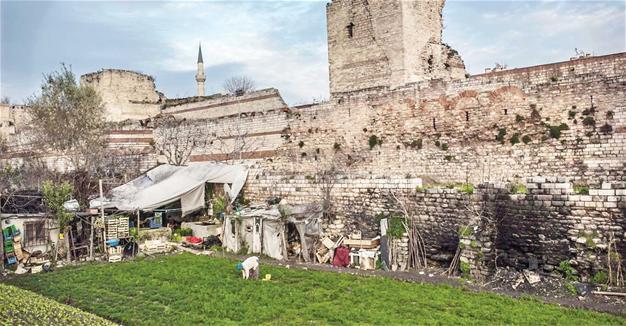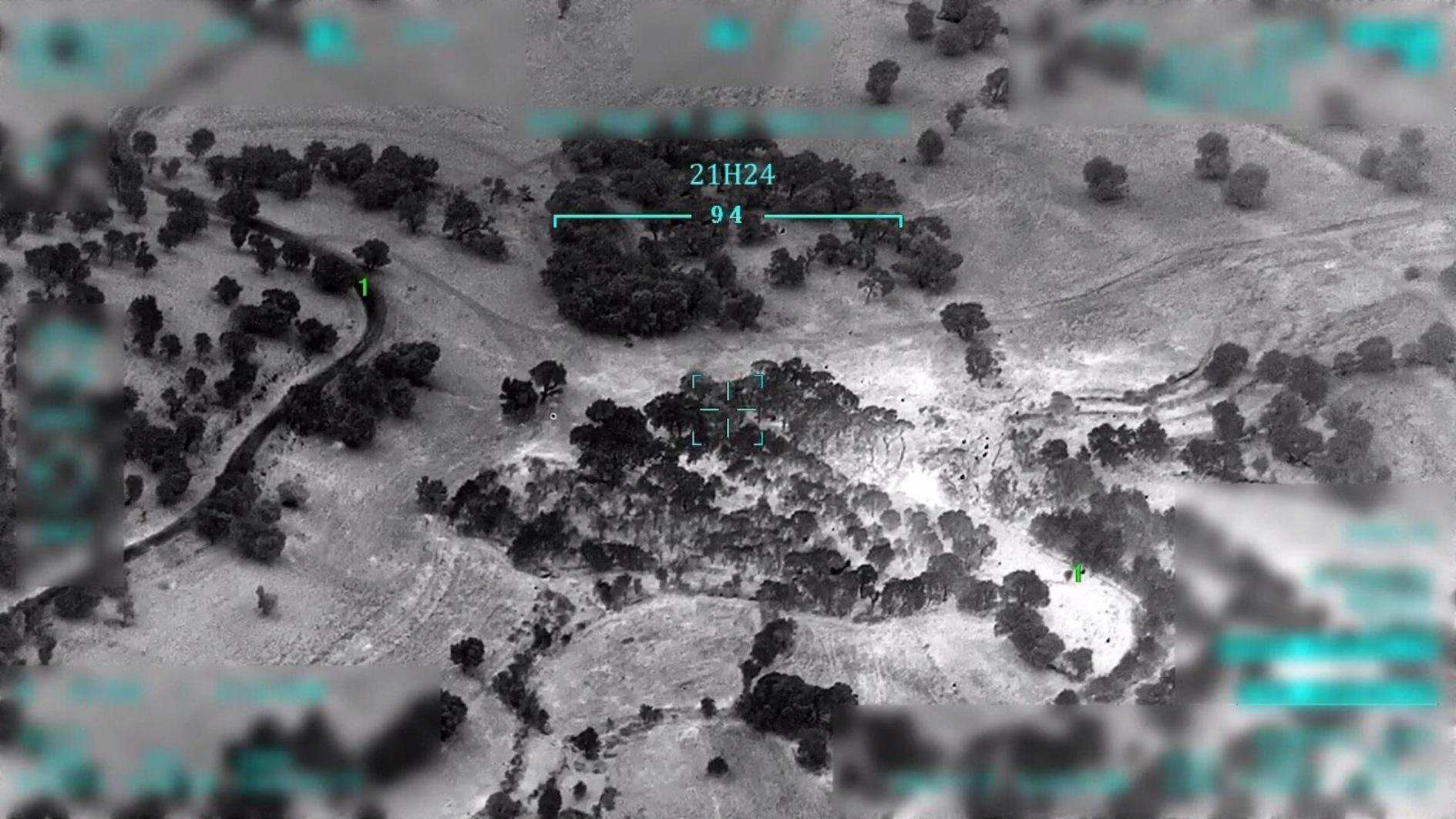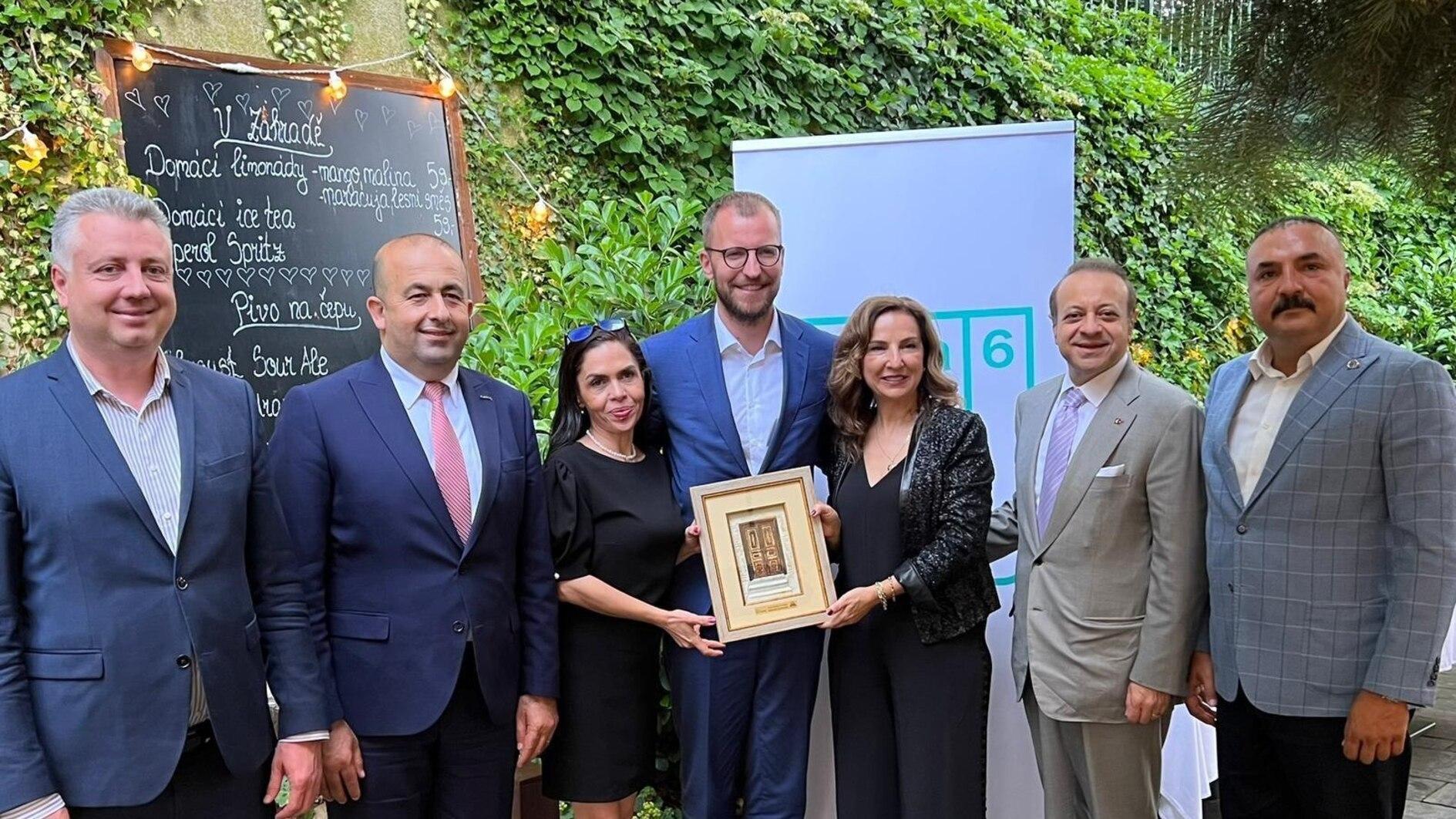Shadow of progress falls on Istanbul’s historic vegetable gardens
ISTANBUL - Reuters
 Recep Eraslan, 64, has worked a tiny sliver of land on Istanbul’s historic Sultanahmet peninsula for more than three decades. He grows spring onions, arugula and cabbage on a 0.5 hectare plot along the city’s ancient Byzantine-era walls that are part of one of the oldest urban gardens, or bostans in Turkish, in the world.
Recep Eraslan, 64, has worked a tiny sliver of land on Istanbul’s historic Sultanahmet peninsula for more than three decades. He grows spring onions, arugula and cabbage on a 0.5 hectare plot along the city’s ancient Byzantine-era walls that are part of one of the oldest urban gardens, or bostans in Turkish, in the world.But last year, the tranquility of this parcel of green space, hemmed in by a metropolis of 15 million people, was shattered.
Eraslan, recalled what happened on Jan. 13, 2016. “There used to be a building there that we used for our tools and plants. The municipality came with machines and destroyed it because they said they wanted the area to be cleaner,” he said. “Now we have lost that storage space and have to walk one kilometer to and from my house every day.”
More than 20 growers and their families, including Eraslan, the breadwinner for a family of five, depend on the Yedikule market gardens that abut the 1,600-year-old, UNESCO-protected city walls for their livelihoods.
But with Turkish authorities in the midst of a nationwide drive to modernize cultural and tourist areas, the farmers, who pay a fee for using the land, are under threat.
Historic heritage
In 2013 more than 20 acres of gardens, including the 17th-century İsmail Paşa gardens inside the Yedikule walls, were cleared and replaced with sports grounds, car parks and walk ways. Today, much of the surrounding areas are left derelict.
The Yedikule market gardeners, a community of around 200 people, are a living link to a heritage that goes back centuries.
Today, the gardens are popular with locals because the produce is cheaper and fresher than vegetables sold in supermarkets. Some farmers live part-time on site without electricity or indoor running water, though most have homes nearby.
The 1.5-kilometer stretch of land is owned by the Istanbul Metropolitan Municipality, the local municipalities of Fatih and Zeytinburnu and several state agencies.
According to authorities, because the gardens are not the farmers’ property, the municipality is free to construct recreational areas such as cafes and restaurants around the city walls to better serve local residents and tourists alike.
The municipality also claims the walls, wall-walks and ramparts are being frequented by drug users and homeless people who light fires against the base of the walls to keep warm.
Defending the January 2016 demolitions, municipal council member Abubekir Taşyürek said the farmers’ activities caused “visual pollution that can be seen by anyone passing by.” The authorities also say the gardeners could damage the protected city walls.
The government’s Site Management Directorate says it has a new plan for the Yedikule gardens but has not given specific details.
Spring in the air
For the farmers, spring is fast approaching and growers are busy tilling soil and planting seed, even though the shadow of uncertainty hangs overhead.
“They [the municipality] want to make a new plan for here; we don’t know what for, but maybe for houses or tourism,” said Eraslan.
On a recent afternoon, a dozen city workers were laying a new, wider footpaths bordering the gardens to offer visitors easier access to the walls. Further up the street, at least three sheds have disappeared.
Kemal Keram, who has worked a three-quarters of an acre plot abutting the city walls for two years, growing cucumber, parsley and lettuce, says his customers are falling away.
“Two years ago, if there were 10 customers coming to buy vegetables, now there are five,” he said outside a shack that he complains cannot protect his tools from the elements. He says the authorities knocked down between 15 and 20 buildings last year.
“Ten days ago they came and cut down all the trees almost to the roots,” he says. “I don’t know why they did that; maybe because they want a give better view for tourists to take photos of the walls. Who knows?”
















